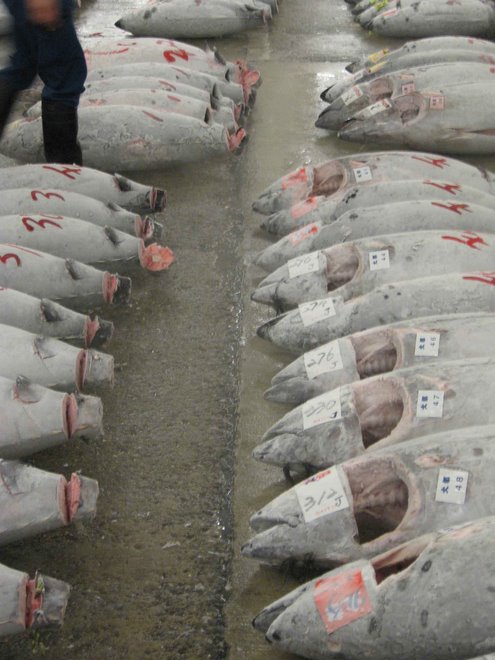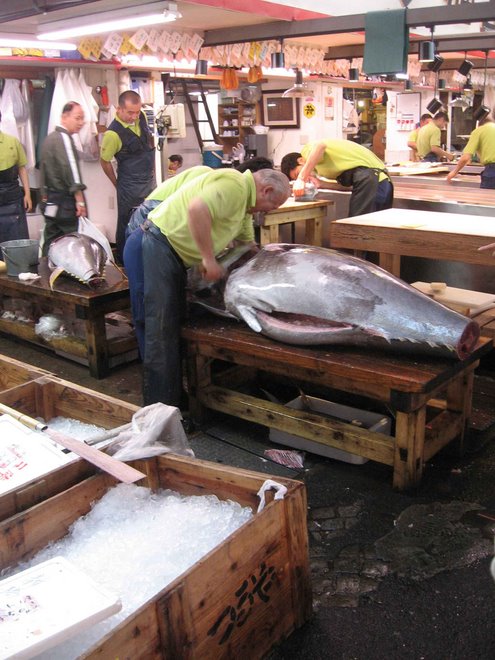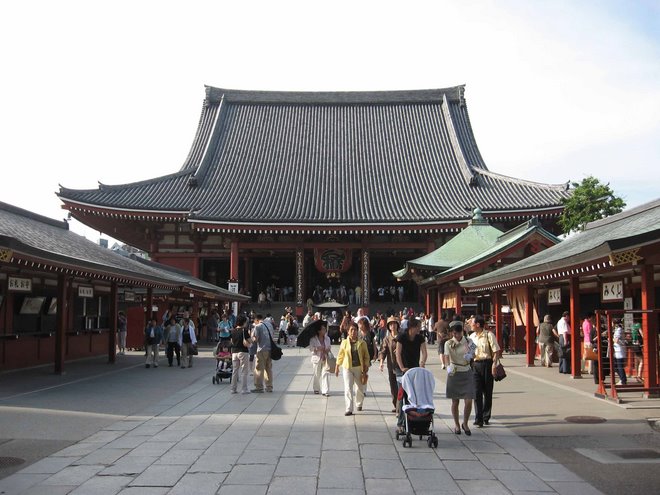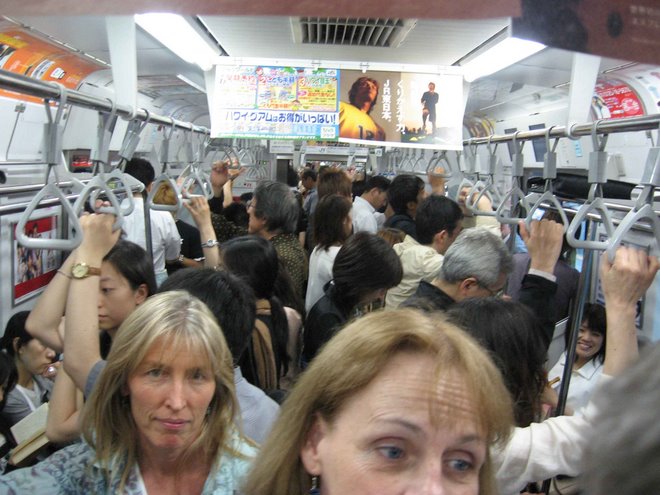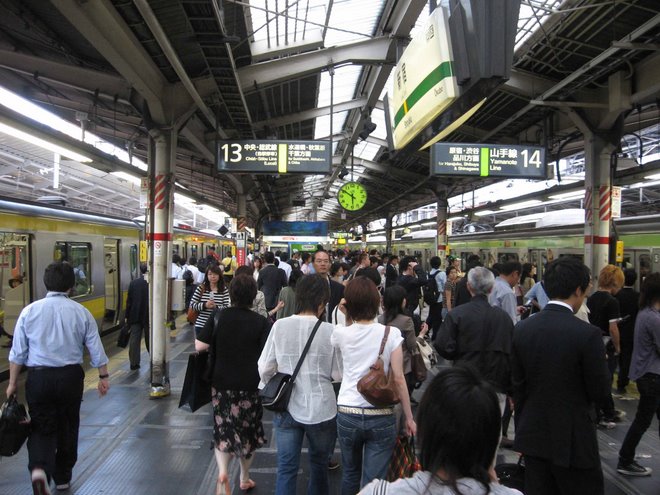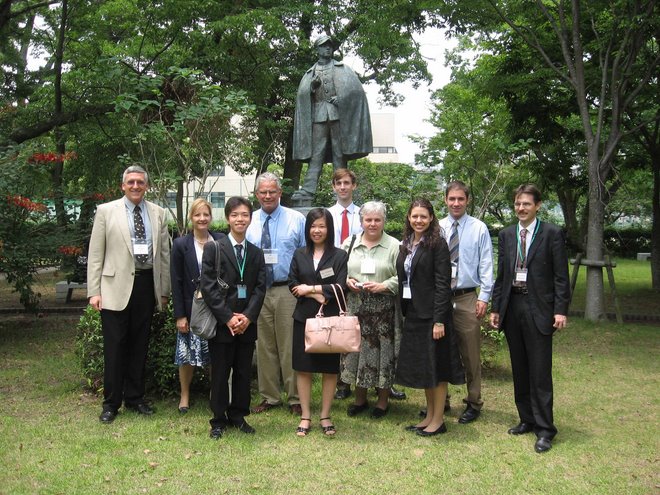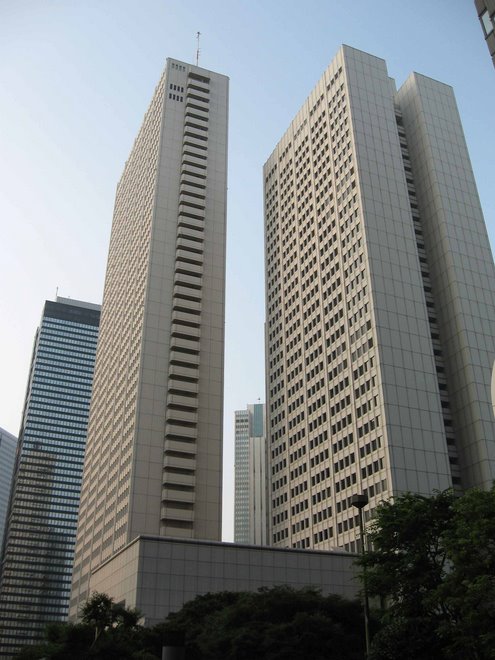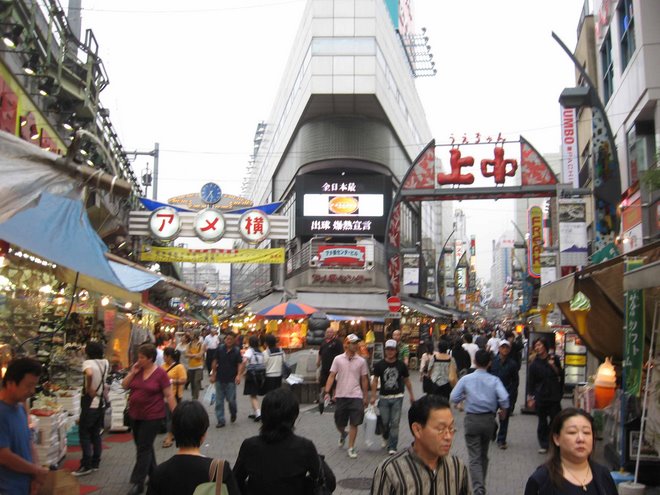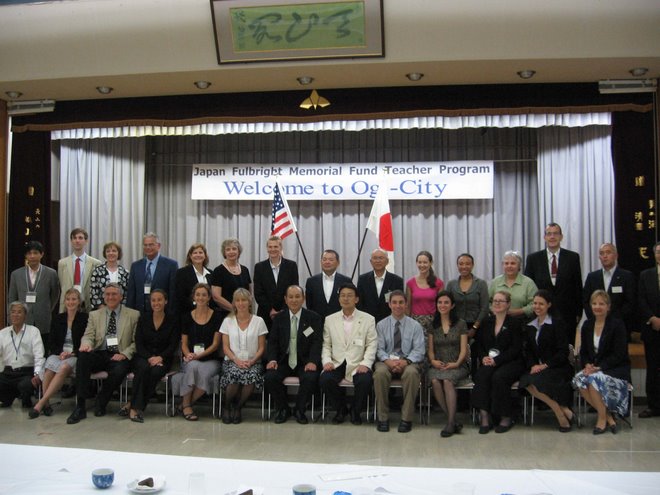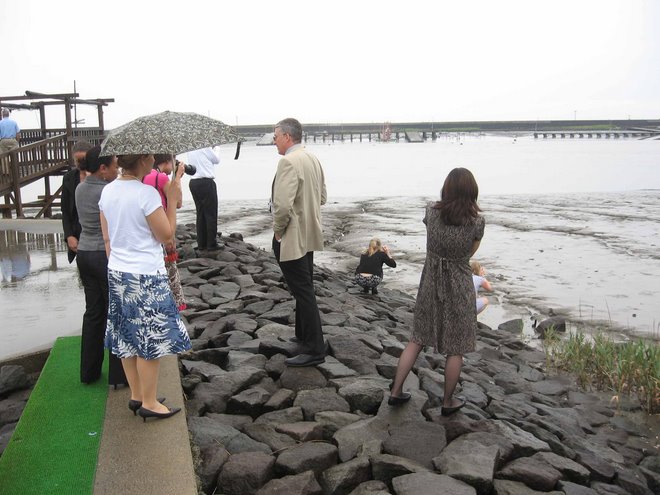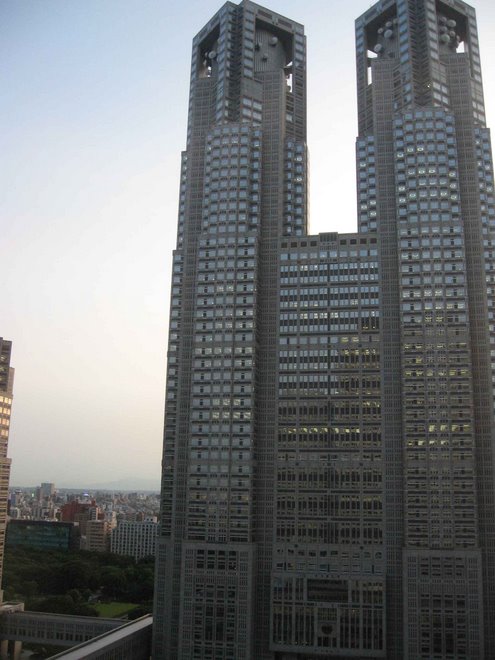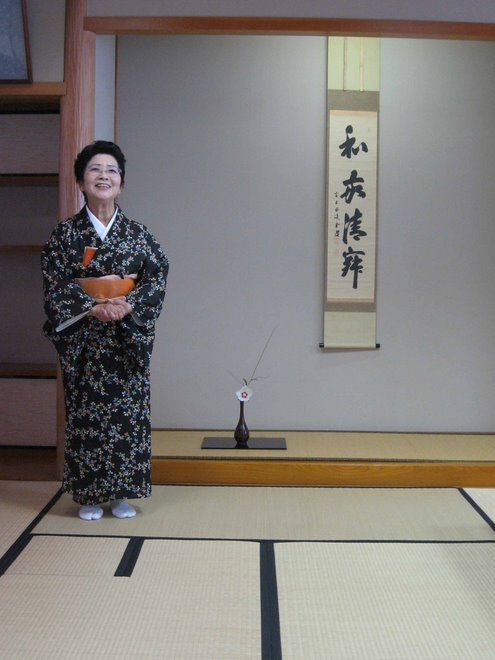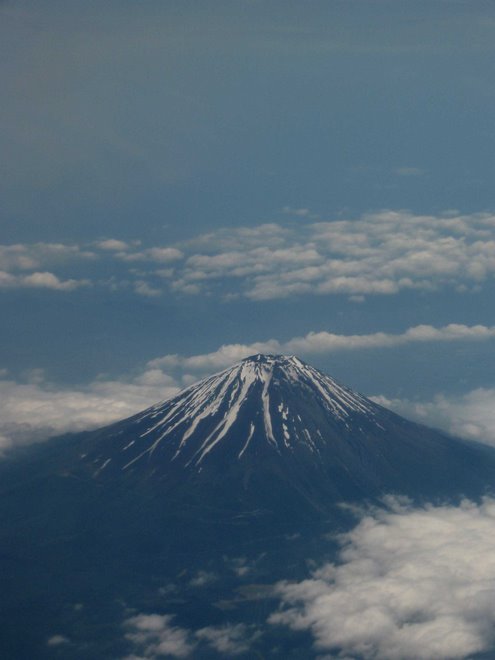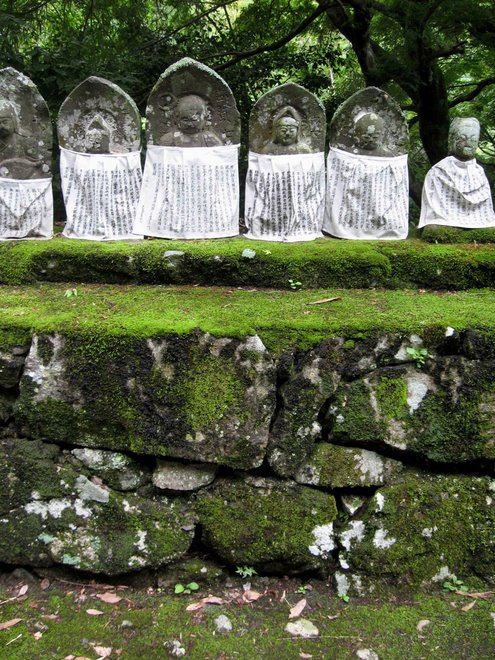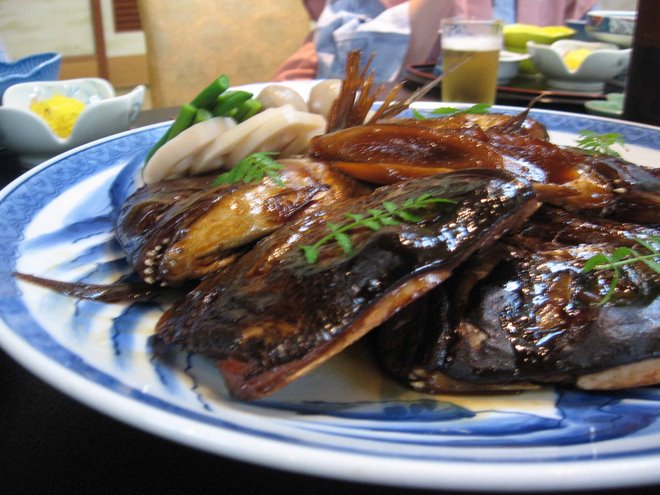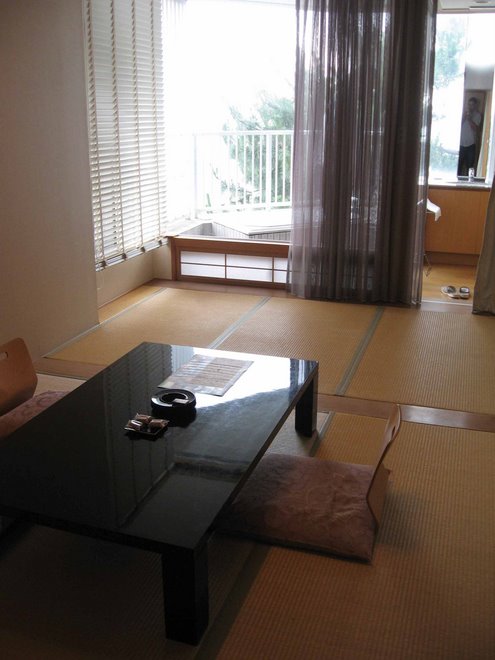This summer I participated in the Japan Fulbright Memorial Fund program. The program is sponsored by the Japanese government and takes 200 teachers from the
Day 1:
Getting off the plane in
This summer I participated in the Japan Fulbright Memorial Fund program. The program is sponsored by the Japanese government and takes 200 teachers from the
Day 1:
Getting off the plane in
Day 2: Arrival in
The flight to
After arriving at our hotel, I, along with three others went to dinner with a local Japanese student. He showed us how to eat noodles (slurping is encouraged) and explained different items on the menu. In
Day 3:
Our day started with an orientation on the city of
After our orientation we had the pleasure of hearing Dr. Tsutomu Kimura, President of the National Institute for Academic Degrees and University Evaluation, give a speech on Educational reform in
After Dr. Kimura’s speech, we hit the buses for a trip to the national Diet, which is the equivalent to our
After the visit to the Diet, we stopped by the Asakusa Shrine. The shrine is Shinto and dates back to the year 628. There are a lot of cool buildings and plenty of people there to worship or just to see an important part of Japanese religious history.
The day ended with a fancy opening reception/banquet. I found out that instead of saying “Cheers!” when making a toast, the Japanese say “Kompai!” I also found out that raw fish really doesn’t taste that bad.
Day 4: Japanese Economy and Government
Yuji Tsushima, a member of the Japanese House of Representatives, and Wakako Hironaka, a member of the House of Councillors spoke to us about the Japanese government. The two are members of opposing parties, much like the Republicans and the Democrats, but the were very gracious and civil when speaking to us about issues that
For dinner I ate some delicious noodles called udon. They are similar to what you might find in homemade chicken-noodle soup – thick and chewy. Udon noodles are served in broth and may have a little bit of meat or vegetables. They are served hot or cold. (typically hot in the winter and cold in the summer).
After dinner I went to the top of the North tower of the
Day 5:
Today I rose early (4:30 AM) with three other and went to the Tokyo Fish Market, also known as the Tsukiji market in
Check out the market at:
http://www.nationalgeographic.com/photography/galleries/tokyo/
http://www.tsukiji-market.or.jp/tukiji_e.htm
http://youtube.com/watch?v=3iAU9vIaAV4
Upon return from the fish market I had a traditional Japanese breakfast. It consisted of rice, cooked salmon, vegetables with lotus root, and miso soup (made from soy bean paste, seaweed, and tofu).
After breakfast I attended a seminar entitled “Peace Education.” There were three presenters who spoke and then took questions. Tomoke Yanage, a second generation atomic bomb survivor whose dad was one mile from ground zero, spoke first. Half of the people at one mile from ground zero died instantly. Many of the other half had health problems for the remainder of their lives and were shunned because they were “contaminated.” Koji Ikeda, a 90-year-old man that survived the
Today there are many opinions about whether or not the atomic bombs should have been dropped. After listening to these people speak and talking to other Japanese, I have come to an understanding that this debate is no longer important. Preventing it from happening again is.
Dinner was tempura, which is battered and deep-fried vegetables and meat.
After dinner a group of us hopped on a train and headed out to a Japanese Major League baseball game. We were going to see the Hanshin Tigers vs. the Seibu Lions at the Lions’ home field. Japanese baseball is the same as our baseball as far as the game goes, but very different as far as the crowd goes. We could hear the “thump, thump, thump” of the drums inside the stadium when we got off the train. At the entrance, Tigers fans went to the right, and Lions fans to the left. The stadium was equally divided between the two. The fans were very polite to each other. When one team was at bat, its fans would cheer and the opposing team’s fans would be quiet. There were individual cheers for each team and even each player. The outfield section was full of the most devoted fans. In this section the drum players would lead the entire stadium in cheering their team on. The possibility of hearing the crack of the bat was non-existent. It was constant noise. The Lions pulled out a close one, hitting in the winning run in the bottom of the ninth.
Day 6: Free Day!
Today was the one day we could do whatever we wanted. I chose to go down to
Day 7: Off to Ogi, Saga
We broke off into our smaller groups of 20, said goodbye to the others, and headed in different directions. Some groups hopped on buses, some on bullet trains, and some, like my group, on airplanes. By the end of the day, teachers from the United States were in 10 different cities, including Aomari, Okara, Tome, and Matsumoto, which is Salt Lake City’s sister city. We were the furthest south out of all of the groups when we arrived in the Saga prefecture. The plane ride took us right by
Our hotel is in Saga, the capitol of Saga Prefecture. Saga is on an open plain between the mountains and ocean. It has a history of 3,000 years. Saga played an important role in opening
Day 8:
This morning we met with staff and students at Saga University. After the war, the Japanese government decided to open at least one university in every prefecture in the country.
After our visit to the university, we headed to Ogi to meet mayor Shuji Eriguchi and the city council. Mayor Eriguchi is currently running for the House of Representatives and pictures of him can be found on streets throughout the prefecture. He told us briefly about Ogi. The town has 47,000 people and its major industry is agriculture and the cultivation of seaweed. His administrative theme for Ogi is slowing down and enjoying life, with an emphasis on sport and leisure. Because of this emphasis, there is a low degree of stress in Ogi. At the reception with the mayor we had our first taste of Yokan, a sweet that is produced here. It is made from sweet bean past and seaweed gelatin. On our way back to Saga, we stopped by the bay and witnessed the habitat of the mudskipper. Mudskippers are amphibious little creatures that hop around the mud in effort to find a mate. Pictures of the things are all over Ogi and Saga. They are even on man-hole covers and tiles in the sidewalk.




